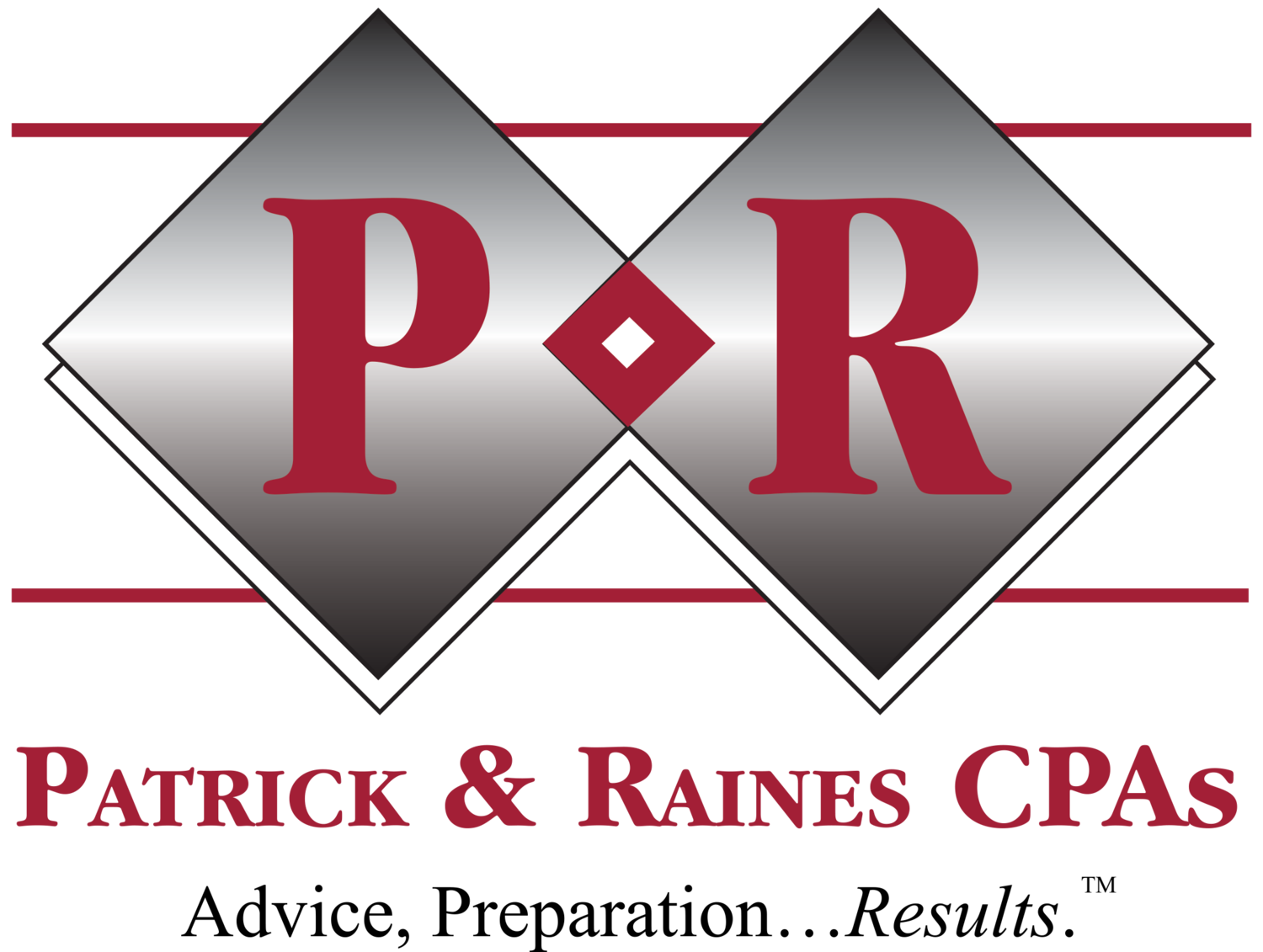Spring Cleaning…in November?
We’re sure spring cleaning is the last thing you’re thinking about at this time of year, but in an accounting firm’s office, the weeks before and after Thanksgiving happen to be the perfect time to reach for the fiscal dumpster. Here’s why:With the passing of October 15 and the final (extension) tax deadline, we can catch our collective breath and look around at the stacks of paper we acquired throughout the year. As we decide what we items to purge and what should be kept, consider a system we’ve found useful. Join us in getting a head start on your spring cleaning, and you may find getting ready for tax time next year is easier.What do we need to keep? Documents can generally be divided into one of four categories:
- Vital records, necessary for running your business (or the “business” of your household)
- Current records, needed for daily operations
- Non-current records which may be legally necessary or wise to keep
- Trash
As many as 30% of the records we stored can probably be eliminated! So what’s what? Vital records are fairly easy to distinguish. These documents include records such as your articles of incorporation and bylaws, as well as business licenses; on a personal level, birth and marriage certificates are examples. Current records are also obvious, including your chart of accounts, general ledger, fixed asset schedule, contracts, bank statements, cancelled checks, invoices, and so forth.Once you get to the non-current records you need to decide whether the documents have any value. Ask yourself questions like:
- Do government regulations require me to keep this? If so, for how long?
- In the event of a government audit or a lawsuit, could this record be used as evidence?
- Can I reconstruct it if I throw it out and later find I need it again?
After deciding which documents you do need to hold, the next step is determining how long to keep them. Some governmental guidelines exist, but the decision is largely yours. If you have questions about specific documents, feel free to call us or check with the appropriate government agency. Briefly (this list is far from exhaustive), break the items into categories again:
- Permanent documents. These files include your corporate records and minutes, major contracts, information relating to patents or trademarks, construction records, audit reports, financial statements, tax returns, employee benefit plan documents, pension and profit sharing plans, and so forth.
- Seven-year retention period. Included in this list are tax return support documents (this is a safe period; under normal circumstances, income tax returns can be audited for three years after the date filed), payroll records (again, this is a safe period; these can be audited for four years after the date filed), accounts payable and receivable records, inventory records, and accident reports and claims.
- Three-year retention period. These items include documents such as bank reconciliations, equipment repair records, and internal audits and other reports. Keep employee records for three years after termination.
- One-year retention period. Among these documents should be duplicate deposit slips, correspondence with customers or vendors, purchase orders and requisitions, and applications from prospective employees you didn’t hire.
Check back next week when we outline ways to properly dispose of these “spring” cleaning documents. In the meantime, enjoy your new found, clutter-free space, and contact us at (904) 396-5400 or office@CPAsite.com with any questions.

